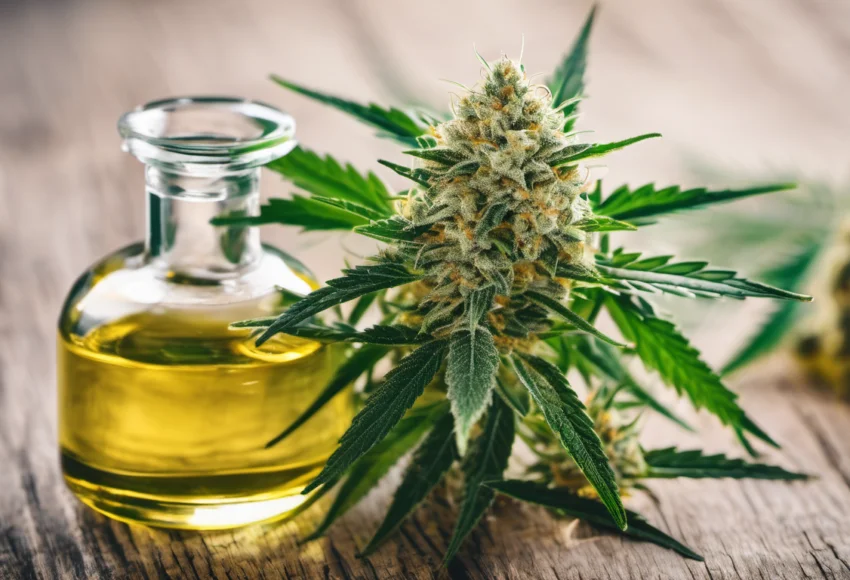

Cannabis, often celebrated for its psychoactive compound THC (tetrahydrocannabinol) and therapeutic CBD (cannabidiol), boasts another group of fascinating compounds known as terpenes. These aromatic compounds are not exclusive to cannabis; they are found in various plants, contributing to their distinct smells and flavors. In cannabis, however, terpenes play a crucial role in shaping the overall experience, influencing both the aroma and the effects of the plant.
Terpenes are organic compounds produced by plants that give them their characteristic scents. In cannabis, over 100 different terpenes have been identified, each with its own unique aroma and potential effects. These compounds are secreted in the same glands that produce cannabinoids, creating a synergistic relationship between terpenes and cannabinoids.

The interaction between terpenes and cannabinoids is often referred to as the “entourage effect.” This concept suggests that the combination of cannabinoids and terpenes produces a more profound and nuanced effect than each compound on its own. In essence, terpenes work in harmony with cannabinoids, enhancing or modulating their effects.
Understanding terpenes is crucial for individuals seeking specific therapeutic effects from cannabis. By selecting strains with distinct terpene profiles, users can tailor their experience to address various needs, such as pain relief, stress reduction, or mood enhancement. For example, a person seeking relaxation might opt for a strain high in myrcene, while someone aiming for increased focus might choose a strain rich in pinene.
Terpenes also play a vital role in the cultivation and breeding of cannabis strains. Cultivators can manipulate the terpene profile by carefully selecting and breeding plants with desired aromatic characteristics. This has led to the development of a diverse range of cannabis strains, each with its own unique combination of cannabinoids and terpenes.
Terpenes are not just responsible for the pleasant aroma of cannabis; they are key contributors to the overall cannabis experience. As research into cannabis continues, a deeper understanding of terpenes and their effects will likely open new avenues for therapeutic applications. Whether you’re a medical cannabis patient or a recreational user, paying attention to terpene profiles can enhance your appreciation and utilization of this versatile plant.

Learn All About the Relationship Between Cannabis and Chocolate Ever wonder why edibles hit different when they come in the form of chocolate? Or why the effects of infused dark chocolate somehow hit better than a gummy with the same dose of THC? It turns out there’s an incredible chemical relationship between chocolate, cannabinoids, and […]

If you’re new to cannabis, the flood of unfamiliar words can feel completely overwhelming. From technical terms like “cannabinoids” to casual slang tossed around at the dispensary like “dab” or “terp,” it’s easy to feel lost. No matter your starting point, at Shangri-La, our mission is to empower you. Whether you’re an OG cannabis lover […]
Shangri-La Proudly Serves: Connecticut, Illinois, Kentucky, Missouri and Ohio.